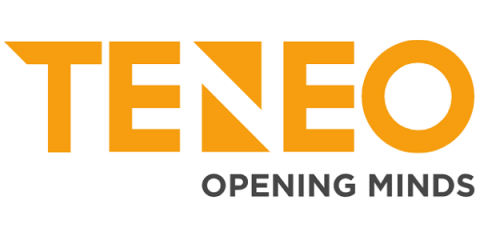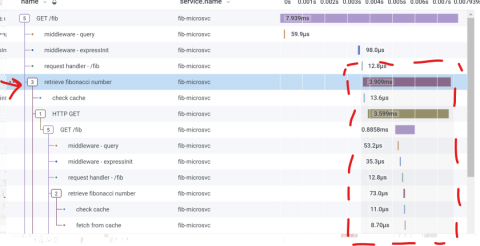Operations | Monitoring | ITSM | DevOps | Cloud
Observability
The latest News and Information on Observabilty for complex systems and related technologies.
Observability Pipelines & AIOps can make IT Smarter
Observability vs Visibility - what's the difference?
Observability is a new term that’s slowly entered the mainstream over the last two years. Today it’s used in the context of monitoring, but it’s much more than that. And it also goes way beyond visibility. So, in this blog, we set out to explore observability vs visibility and find out, what’s the difference? In a recent podcast, our friends at Riverbed neatly explained that seeing and observing are two different things, and can be compared to hearing vs listening.
Honeycomb + Squadcast Integration: Routing Incident Alerts Made Easy
Observability versus monitoring in software development
To supervise the behavior of distributed applications and track the origin of service failures and downtime, developers often use traditional monitoring technologies and tools. However, this approach can fall short in its ability to measure the overall health of modern cloud-native architectures, which can span multiple hosting environments and encompass hundreds of microservices.
Observability for the Software Industry: Top 4 Challenges and How Monitoring Can Help
Interview with Tom Granot - Developer Observability, KoolKits and Reliability
In preparation for the upcoming Developer Observability Masterclass we’re hosting at Lightrun with Thoughtworks and RedMonk, I sat down for a brief interview with Tom Granot – the Director of Developer Relations at Lightrun. Tom will MC the event as he did for the Developer Productivity Masterclass we ran back in December.
Momentum is building on the journey to observability
Discover what 1,200 global IT leaders have to say about the future of full-stack observability — and learn how early adopters are already reaping the benefits that enhanced visibility across the entire IT environment can bring.
startSpan vs. startActiveSpan
TL;DR: startSpan is easier and measures a duration. Use it if your work won’t create any subspans. startActiveSpan requires that you pass a callback for the work in the span, and then any spans created during that work will be children of this active span. I’m instrumenting a Node.js app with OpenTelemetry, and adding some custom instrumentation. For this important activity that I’m doing (let’s call it “retrieve number”), I’m creating a custom span.











